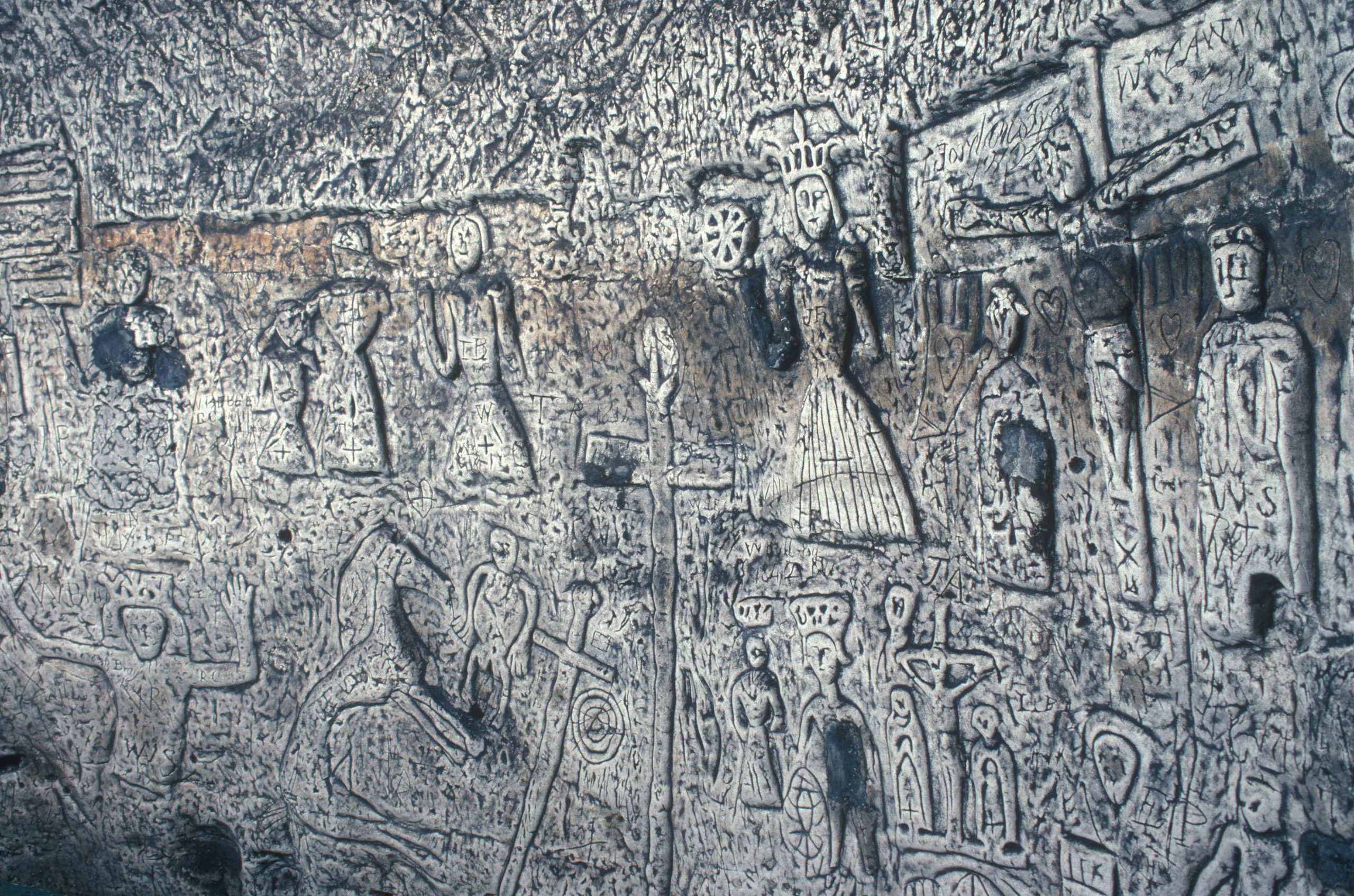Royston Cave, Hertfordshire: A mysterious site full of sacred energy
Our Secret Britain series continues with a Hertofrdshire cave whose true nature remains unknown.


Shrine, prison cell, Knights Templar meeting place, Augustinian monks’ wine cellar, burial site or Neolithic flint mine? Nobody knows, but fascination prevails.
Royston Cave was discovered in 1742, cut into the chalk bedrock beneath crossroads in the centre of town. Shaped like a beehive, 16ft wide and 26ft tall, its walls are covered in crude carvings dated to the mid 1300s of Christian saints, animals and pagan earth goddess Sheela-na-gig.
Holes beneath the figures show they were once illuminated by candles and, whoever might have visited this subterranean oddity, most believe it has held a sacred energy for thousands of years.
See more of Secret Britain

Binevenagh, Northern Ireland: Lava-hewn crags and cliffs at the end of one of the planet's great railway journeys
Our Secret Britain piece today takes a look at the view from the top of Binevenagh in Co Londonderry.

Beinn Dubh, Argyll and Bute: 'It'll take you a while to climb it, simply because you’ll have to stop repeatedly to admire the view'
Annunciata Elwes takes a look at the magnificent view from Beinn Dubh, found in the Luss Hills in Argyll and
Exquisite houses, the beauty of Nature, and how to get the most from your life, straight to your inbox.
Annunciata is director of contemporary art gallery TIN MAN ART and an award-winning journalist specialising in art, culture and property. Previously, she was Country Life’s News & Property Editor. Before that, she worked at The Sunday Times Travel Magazine, researched for a historical biographer and co-founded a literary, art and music festival in Oxfordshire. Lancashire-born, she lives in Hampshire with a husband, two daughters and a mischievous pug.
